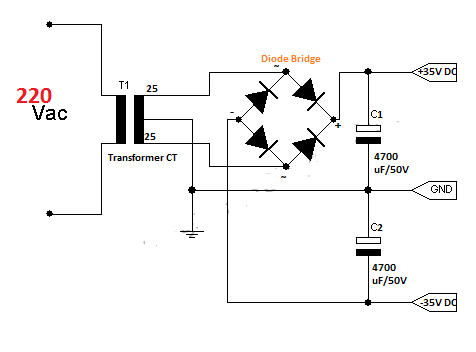Got a mystery to solve? Somebody’s been making off with your stuff, and you don’t have a clue who it is, do you? Here’s your chance to catch them in the act.
To make a laser security system you will need:
A laser pointer
Some Duct tape
A few small mirrors
An L.M.741 microchip
A 220-ohm resistor
A photocell
An inexpensive digital camera
An extra small screwdriver
A wire coat hanger
Some thin, insulated wire
A printed circuit board
A 9 volt battery
A 9 volt battery clip
Soldering equipment
A pair of wire cutters
A soap caddy with drainage holes
A voltage relay
Step 1
Build the circuit
Build the circuit. Center the microchip on the circuit board. Pop in the voltage regulator. Connect the battery clip leads to the regulator. Run 2 more leads out from the regulator. Pop in the resistor and the photo cell. Link the chip to the photo cell. Pop in the relay. Link the chip to it as well. Link the other side of the relay to "power."
Step 2
Disassemble camera
Disassemble the digital camera so you can access the board connected to the camera’s trigger button.
Tip
You may have to remove the camera’s board to get a good solder point on the terminal.
Step 3
Solder wires to terminals
Look for the two tiny terminals that lead to the trigger button. Solder wires to each of these terminals and feed them through the trigger button hole.
Step 4
Reassemble the camera
Reassemble the camera. If you can’t get it back together easily, use duct tape to keep it closed. Just don’t tape over the lens.
Step 5
Position circuit inside soap caddy
Position the circuit inside the soap caddy so the photocell is exposed behind one of the holes.
Step 6
Connect battery to circuit
Connect the battery to the circuit, and use tape to secure the whole assemblage inside the box.
Step 7
Attach wires to voltage relay
Slip the two wires coming from the camera through another hole, and attach them to either side of the voltage relay.
Step 8
Cut & tape coat hangers
Cut the coat hanger into several pieces. Tape one piece to the laser pointer and the others to the back of the mirrors.
Step 9
Place camera
Place the camera in an inconspicuous location with the lens pointing at the object you want to protect and secure it in place.
Step 10
Position laser pointer
Position the laser pointer in another inconspicuous place and secure it too.
Step 11
Place mirrors
Place the mirrors to create a perimeter around the object you’re protecting, adjusting them until the laser hits the photocell.
Step 12
Test the system
Now break the beam to test the system… And get ready to confront the perpetrator with your irrefutable evidence.
Fact
The term LASER is really an acronym for Light Amplification by Stimulated Emission of Radiation.
source : http://www.howcast.com/videos/2947-How-To-Build-a-Laser-Security-System
Related post :
Car Alarm System




 22:03
22:03
 Unknown
Unknown


































